Managing this common condition
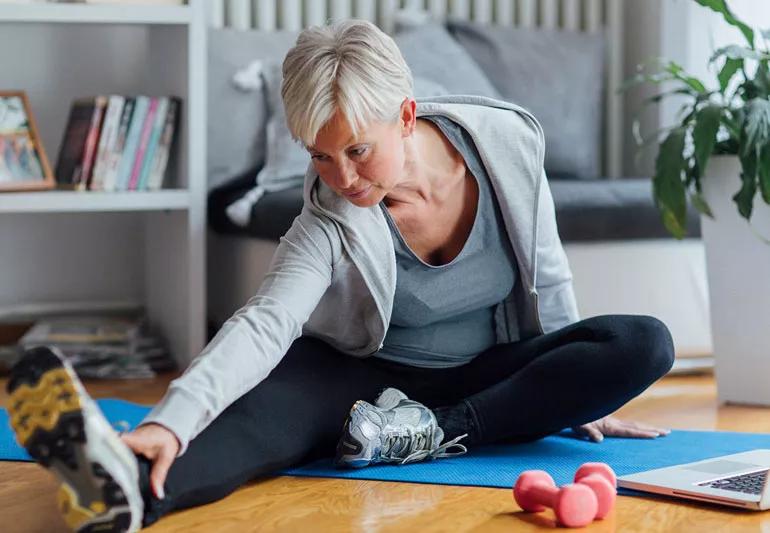
By Scott Burg, DO
Advertisement
Cleveland Clinic is a non-profit academic medical center. Advertising on our site helps support our mission. We do not endorse non-Cleveland Clinic products or services. Policy
Around the world some 240 million people suffer with osteoarthritis, the most common form of arthritis. In the U.S. the incidence of osteoarthritis has been rising steadily, from 21 million cases in 1990 to 30 million cases today. It is most common in the hands, knees and feet, and it is the leading cause of lower extremity disability in older adults.
Osteoarthritis is the second most common condition associated with years of living with disability, just behind diabetes. Pain often drives people to the doctor, and it’s important to seek treatment as early as possible to avoid further joint damage and to alleviate your pain for the long-term. I let patients know that the level of pain you have does not necessarily correspond with the severity of the condition. This can only be determined by exam and X-ray findings.
Fortunately, osteoarthritis is treatable. You may never be completely pain-free, but you can manage the condition and keep your symptoms at bay.
Symptomatic osteoarthritis increases rapidly after age of 50 and levels off in the 70s, with women having a greater chance of having it compared with men. Risk factors are age, extra weight, loss of balance and joint laxity (loose joints). For females, osteoarthritis can worsen after menopause due to the loss of the estrogen hormone.
Advertisement
People in occupations with a heavy physical work load and those who’ve had a joint injury also are more susceptible to osteoarthritis. For example, if you’ve had an ACL tear, early onset knee osteoarthritis may occur about 10 to 15 years after the injury. Other risk factors include general muscle weakness, smoking and higher bone mass.
Maintaining a healthy weight is a great start, because extra weight puts so much stress on your joints. If you already have osteoarthritis, losing weight can help reduce your symptoms. A lifelong habit of exercise helps, too. Strong muscles can keep your posture straight and protect the joints from unnecessary damage. But especially as you age, you want to do exercises that limit the impact to your joints, such as swimming, walking or yoga to avoid potential injuries.
Osteoarthritis is a mechanical issue compared to rheumatoid arthritis, which stems from inflammation. So with osteoarthritis, temporary stiffness (lasting less than 20 minutes) can be a major symptom. For example, you might wake up with a stiff neck or have sore hips when you get up from sitting in a chair for a long time. But your pain will often get worse as the day goes on. The longer you’re standing or moving on the affected joints, the more likely you are to have symptoms.
Topical nonsteroidal anti-inflammatory (NSAIDs) creams are effective at helping with the pain and have fewer side effects than oral NSAIDs. If you have arthritis in multiple joints, oral medications may be necessary and more effective. These include Aleve® or ibuprofen, and they need to be monitored by a physician every four to six months to avoid any long-term side effects, which include kidney and liver issues, elevated blood pressure and fluid retention. If NSAIDs become an issue, there are prescription medications such as duloxetine (Cymbalta®) for pain associated with osteoarthritis. Research studies on glucosamine and chondroitin sulfate, a common over-the-counter remedy, are inconclusive. If a patient is interested in trying it, we have them take it for four to six weeks. At the end of that time, if they feel better, we continue it. If they don’t, we stop.
For some patients hyaluronic injections or steroid injections can help, but they should be done no more than once in a six- to eight-month period. Physical therapy has also proven very effective, because the therapist really gets to know your mechanics and can help to train you to do the ideal exercises for your situation. They can help you customize an exercise program.
Advertisement
If we try all of these conservative treatments and a patient is still in a lot of pain even at rest, joint replacement surgery may be considered.
It is so important to manage your arthritis, just as you would any other condition. We often forget the importance of periodic monitoring – or seeing your doctor intermittently. Patients will keep up with their hypertension or diabetes, but they forget to keep up with their joint health. By getting an overall assessment regularly and understanding the progression of the disease, you can adjust your activities and treatment so that you have less pain and a higher quality of life.
The good news is that research continues to find new therapies and medications that may someday put your osteoarthritis in remission.
Advertisement
Learn more about our editorial process.
Advertisement
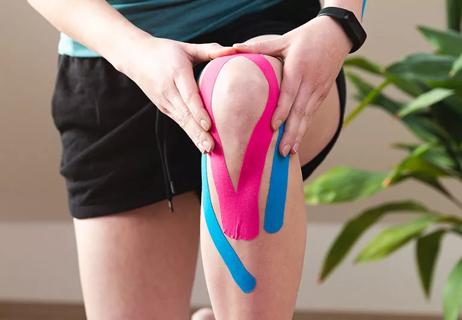
An expert explains the potential benefits
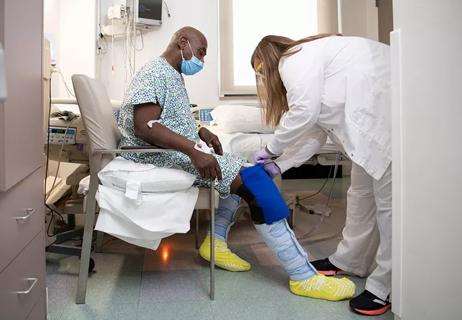
Plus, tips on how to recover

Even one less pound helps preserve hips and knees

Simple exercises to build balance and strength
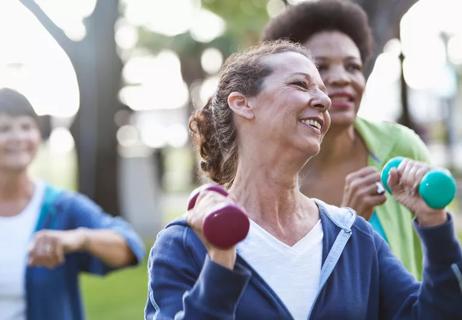
The short answer from a rheumatologist
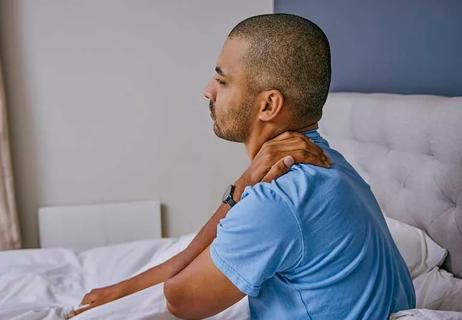
Some creakiness is typical after rest, but longer-lasting stiffness may be other issues
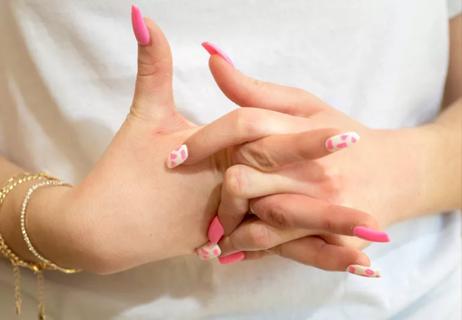
As long as it’s done correctly, knuckle cracking is safe
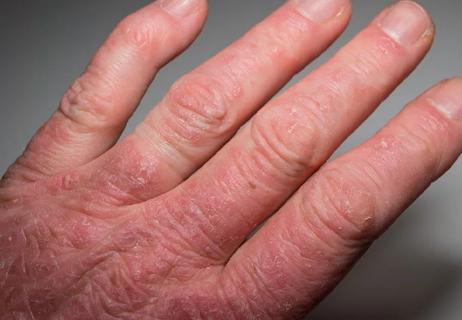
What’s the difference between these types of inflammatory arthritis?

Type 2 diabetes isn’t inevitable with these dietary changes

Applying a hot or cold compress can help with pain